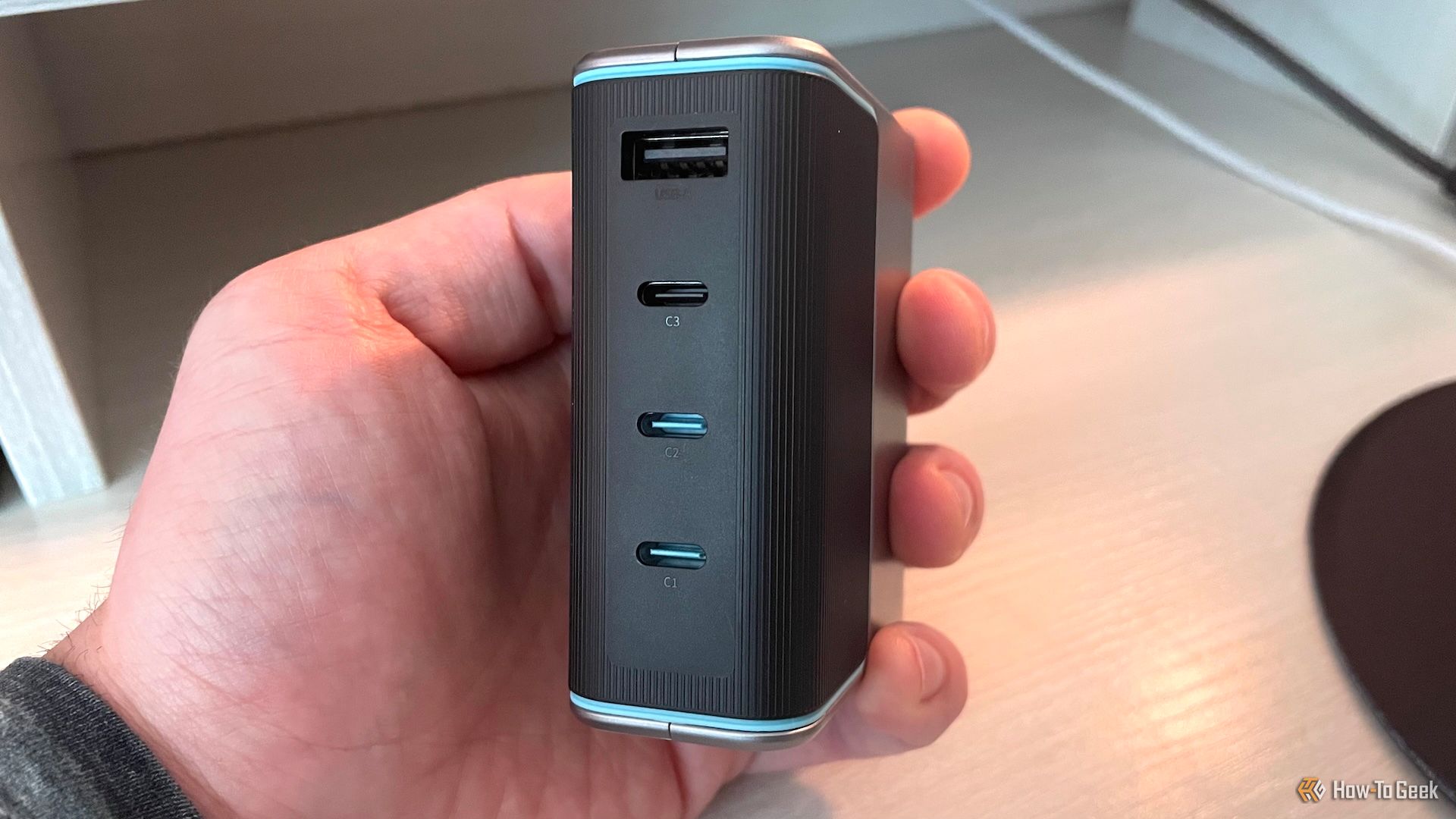
Quick Links
-
Types of Bots on Social Media
Spend enough time on any social platform, and you’ll probably spot shady accounts posting recycled comments, sending suspicious links, or responding with the same canned message again and again. So who’s behind them, and what do they gain?
These accounts pop up across YouTube, Instagram, and any other social media platform. In many cases, it’s a bot—an automated account running on scripts, algorithms, or a mix of both.
The internet thrives on real-time conversation. Social media bots play right into that. Their creators program them to repost trending content, follow specific accounts, or create replies with positive comments to make certain topics look extra popular. Some of them are now also impersonating customer service travel reps.
Some are fairly harmless: a small business might set up a bot to auto-reply with helpful links or polite greetings. Others, though, aim to sway public perception. For example, a program that has hundreds or thousands of bots jump into political threads, praising or attacking posts to push an agenda. These bots can look authentic if they’re set to mimic human posting patterns—like spacing out comments or using casual phrases.
Spam Bots
Spam bots flood your messages, comments, and inboxes with content nobody asked for. Typically, their handlers use them to distribute phishing links, shady offers, or just spammy ads to promote a product.
It’s a numbers game for spammers. Even if 99.9% of recipients ignore the spam, that 0.1% can still turn a profit for whoever’s orchestrating the campaign. Spam bots cycle through stolen account credentials, change IP addresses to avoid detection, and change their message templates to stay a step ahead of filters.
Engagement Bots
These bots focus on the metrics that most social algorithms love: likes, comments, and shares. Their owners know that the more activity a post has, the more likely a platform’s system will promote it to other people. So, they unleash automated likes and supportive comments, creating a false sense of popularity.
Newer or lesser-known influencers might try them as a quick way to stand out. Marketing agencies dabble in them, too, aiming to boost a client’s visibility. It’s all about looking popular enough to catch the real audience’s eye.
Imposter Bots
Ever gotten a friend request or direct message from an account that looks oddly familiar? Imposter bots can clone real profiles—photos, bios, and all—to convince you there’s a personal connection. Once they’re in, they might ask for personal details, push affiliate links, or try to harm your reputation using “your” name.
Some show up on professional networks like LinkedIn, posing as recruiters or potential clients to trick businesses into handing over sensitive data. Others just lurk, building a fake identity library for sale on the dark web. It might start small, like a simple friend request, but ignoring these bots is usually the safest bet, and you can also double down on protecting your identity online.
Astroturf Bots
Astroturf bots jump into political or social topics, flooding comment sections and sharing threads to make an idea appear more widely supported than it truly is. An organization backing a certain candidate or policy might deploy hundreds of these accounts to repeat the same talking points. Even if the original posts seem genuine, a bunch of praise or criticism can tilt the conversation. These program bots are used to post frequently, retweet quickly, and jump on trends before real people notice anything’s up. These types of bots can also be used in marketing campaigns for product promotion.
Scam Bots
Scam bots specialize in one mission: tricking people out of money, personal information, or both. Some promise quick cash through questionable “investments,” while others play on emotions by spinning fake sob stories. They pop up in comment sections, online forums, and private messages, often with urgent pleas or too-good-to-be-true offers.
The scammers edit the scripts to react to your responses using AI or preset branching conversations. This gives the impression of a real person behind the account. Before you realize something’s off, you might’ve sent funds or shared private data that leaves you vulnerable.
How Bots Work
A huge chunk of bot activity comes from automated scripts coded in programming languages like Python or JavaScript. Developers use platform APIs (and now even AI) to create accounts that mimic real users: following, liking, commenting, and sharing at scheduled intervals. They insert random delays or vary the wording slightly to look more human.
There is also manual automation, also called “click farms” or “engagement pods”, which involves hiring real humans for pennies to act like bots. Instead of using scripts, they comment on hashtags, follow accounts, or send repetitive messages. Though automation tools are becoming more sophisticated, using real humans can bypass detection, making it harder for social platforms to notice if the account is fake or not.
Plenty of ready-made tools also exist. Even non-techie bot operators can download a piece of software, log in with throwaway social accounts, and set up simple parameters for how often the bot should engage.
Who’s Behind It?
There are tons of different types of groups that may use bots. Small businesses may just want a low-cost way to handle customer inquiries or promote a new product, or marketing agencies may want to boost a client’s engagement rate on social media. They are also used for more nefarious uses, such as running phishing operations, distributing malware links, or scamming people.
Why Should You Care
Bots can reshape the online conversation, inflate popularity metrics, and lure people into financial traps. That random comment urging you to check out a “great investment” might be a starting point to losing money or even identity theft. Or a suspiciously similar group of posts from what appears to be multiple users might convince you a certain opinion is more mainstream than it actually is. The challenge lies in spotting what’s genuine versus what’s just an illusion.
Platforms fight back with stricter rules, machine learning detection, and user reports. They monitor suspicious account patterns, block IP ranges known for bot activity, and require additional sign-up steps. However, bot creators tend to see new barriers as a challenge and tweak their methods.
How Do You Stay Safe?
A healthy dose of caution goes a long way, and you’re also in a better position to report suspicious behavior on the platform. Look out for identical comments across multiple accounts, suspiciously fast posting frequencies, or messages that seem too scripted. Guard your personal information. Ignore links from accounts that claim you won something overnight. Keep in mind that not all the hype in the comment section is real—and learn to spot common scams.
Bots might be lines of code, but behind them are people who want something: money, attention, or influence. Once you recognize the signs, you’re less likely to fall for them.
Source link







